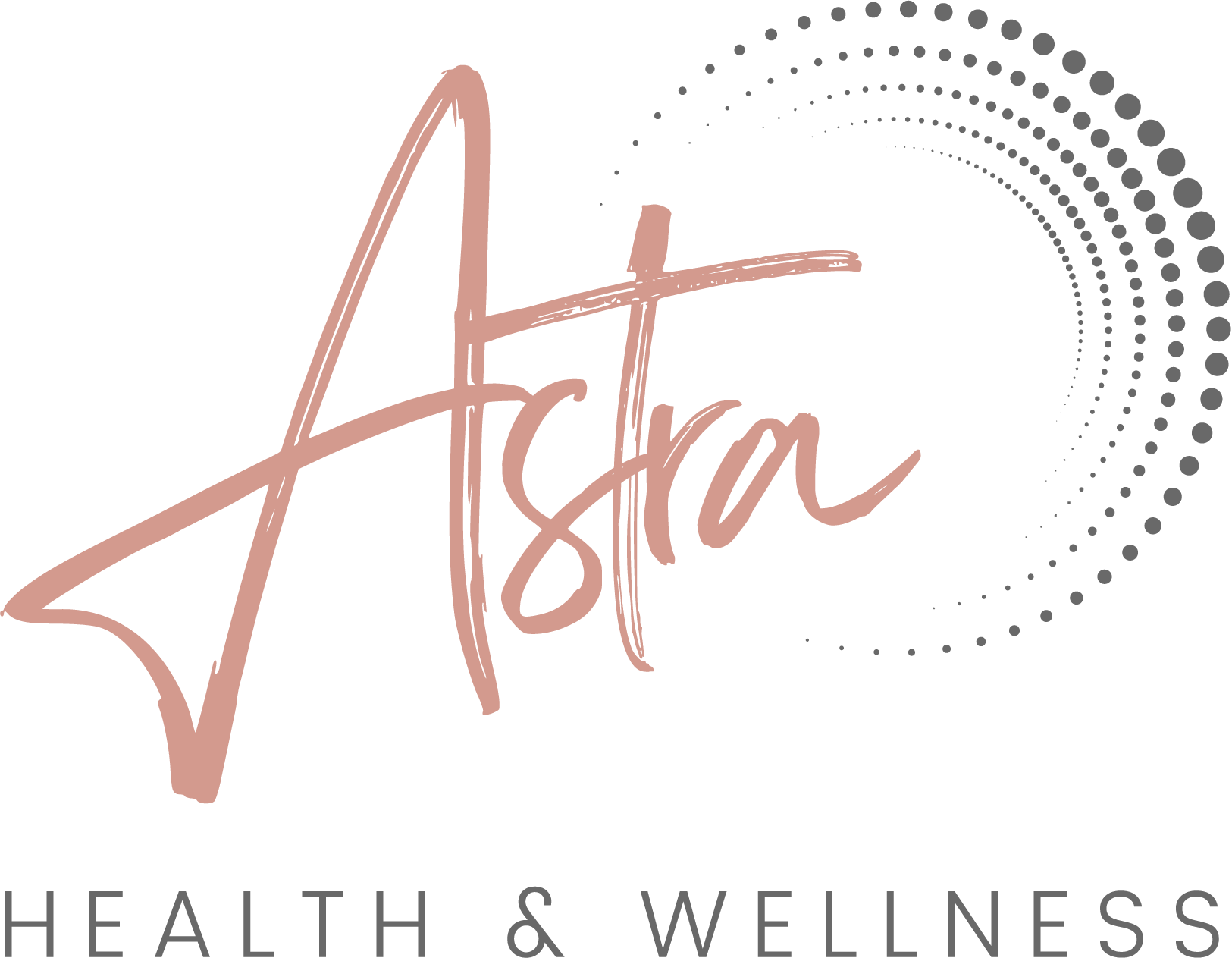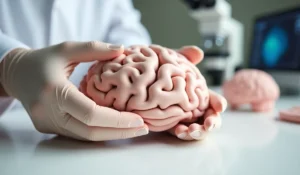A simple hug or heartfelt conversation can trigger your body’s “love hormone.” Scientists have studied the factors that increase oxytocin levels extensively. This hormone, nicknamed the “cuddle hormone,” plays a crucial role in human bonding and emotional connections. Research demonstrates that natural oxytocin boosts come from activities like hugging, kissing, and music appreciation.
This remarkable hormone flows through your body during social interactions and physical contact. Research participants showed higher oxytocin levels and better emotional recognition after practicing yoga for just one month. Natural oxytocin production increases through everyday activities. People who share their feelings, give gifts, or spend time outdoors experience these benefits. The path to stronger bonds and deeper connections might be simpler than expected – the key lies in understanding your body’s production of this vital hormone.
Researchers Discover How Physical Touch Triggers Oxytocin Release
Studies show exactly how physical touch increases oxytocin in the brain. Scientists have found the biological mechanisms that drive this powerful hormone and how it affects human connections.
The Science Behind the ‘Love Hormone’
Specific neural pathways trigger oxytocin release through physical contact. The hypothalamus produces this peptide molecule that works as both a hormone and neurotransmitter [1]. Your body uses oxytocin in multiple ways – it reduces stress, builds trust, and creates psychological stability [2].
Scientists’ brain activity measurements during touch experiments showed that oxytocin affects males and females differently in social situations [2]. This difference exists because the hormone acts uniquely in each gender’s amygdala, which processes emotional responses.
Your brain’s “happy hormones” work together – your attention is drawn to someone, your brain releases dopamine, serotonin levels rise, and oxytocin production begins [2]. These combined hormones create the positive emotional surge you feel during meaningful connections.
How Researchers Measured Oxytocin Levels in the Study
Scientists developed advanced methods to track oxytocin’s release. A groundbreaking study used functional magnetic resonance imaging (fMRI) and blood samples from 42 women while their partners stroked their arms [3]. This approach helped researchers relate brain activity with hormone levels live.
The research showed higher oxytocin levels from a partner’s touch compared to a stranger’s touch [3]. Blood tests revealed that a partner’s touch increased oxytocin levels first, then dropped, rising again after the stranger’s touch [4]. The levels stayed unchanged when strangers touched first [3].
Why Physical Contact Creates Stronger Bonds Than Digital Interaction
Technology helps bridge communication gaps but cannot match the neurochemical benefits of physical touch. Studies prove that hugging and nonsexual touching make your brain release oxytocin while reducing stress hormones like cortisol [5].
These hormonal interactions explain why digital connections feel less fulfilling than in-person contact. Physical touch has proven to:
- Lower heart rate and blood pressure
- Reduce depression and anxiety symptoms
- Boost immune system function
- Relieve pain through neurochemical responses [6]
On top of that, oxytocin creates a continuous cycle – more physical contact leads to more oxytocin production, which increases your desire to connect [5]. This biological feedback loop shows how regular physical interaction naturally boosts oxytocin levels.
Study Reveals These 5 Activities Boost Oxytocin Most Effectively
Recent research has found five activities that boost oxytocin naturally. Physical touch and social bonding activities show the strongest effects. Lab tests confirm which daily activities work best to increase oxytocin.
Hugging Increases Oxytocin Levels by 45% Within Minutes
Studies show that a simple 20-second hug boosts oxytocin levels by a lot and lowers cortisol, your body’s main stress hormone [7]. This explains why people feel closer emotionally after sharing physical affection.
Research shows hugging offers amazing benefits:
- Reduces blood pressure and heart rate in premenopausal women [8]
- Makes the immune system stronger, with one study showing hugs can shorten common cold infection [9]
- Lowers anxiety, general burden, and stress levels [10]
The relationship’s quality plays a key role. People with higher oxytocin levels before partner contact had lower blood pressure. Women who hugged their partners more often showed better benefits overall [8]. Family therapist Virginia Satir said, “We need 4 hugs daily for survival, 8 for maintenance, and 12 for growth” [11].
How Group Singing Outperforms Solo Music Listening
Group singing boosts oxytocin levels by a lot compared to solo singing or just listening to music. A breakthrough study showed that choir singing makes people happier, more trusting, and more cooperative while creating closer social bonds among participants [12].
Just 20 minutes of choir singing can boost happiness and reduce sadness and worry [12]. A study of 375 participants revealed that choral singers had better psychological well-being than solo singers [13].
Scientists found that during group singing, people experience:
- Higher oxytocin levels, especially during improvised singing [14]
- Release of endorphins, dopamine, and serotonin—hormones that create pleasure and bonding [13]
- Less anxiety and other negative feelings [12]
Research confirms other activities that boost oxytocin work well too. These include synchronized group activities like dancing or team sports [7], yoga and meditation practices [15], and quality time with friends or pets [16].
What Foods Naturally Increase Your Oxytocin Production?
Your daily diet is a vital part of supporting your body’s oxytocin production, alongside physical activities and social interactions. Scientists have proven that specific nutrients and foods naturally boost this important hormone.
Vitamin C-Rich Foods Boost Oxytocin Synthesis
Vitamin C acts as a key cofactor in oxytocin production. Research shows that ascorbic acid directly stimulates oxytocin secretion at different concentrations and works together with adrenaline to boost its effects [17]. This explains why tissues storing oxytocin also keep higher vitamin C levels [18].
The best foods to boost oxytocin through vitamin C include:
- Broccoli (packs one of the highest vitamin C contents)
- Citrus fruits, especially orange juice
- Bell peppers
- Strawberries
- Kiwi
These vitamin C-packed foods help raise oxytocin levels, so they improve mood and support hormone balance naturally [19].
Probiotics Support Gut-Brain Connection for Oxytocin Release
Scientists have discovered your gut microbiome’s significant role in oxytocin production. The gut talks to the brain through the “gut-brain axis,” and good bacteria can trigger oxytocin release [20].
Research shows that Limosilactobacillus reuteri (L. reuteri) specifically triggers oxytocin secretion from intestinal tissue [5]. This probiotic stood out from others by consistently raising blood plasma oxytocin levels [3]. Scientists also found that intestinal epithelia release oxytocin after L. reuteri treatment [20].
You can support this process by eating probiotic-rich foods that maintain a balanced gut microbiome. Good options include yogurt, kefir, and fermented vegetables.
Why Dark Chocolate Triggers Measurable Oxytocin Spikes
Dark chocolate emerges as a powerful oxytocin booster. Its high magnesium content helps release oxytocin from the hypothalamus [19]. Studies show that magnesium makes oxytocin receptors in the brain more sensitive and improves their function [21].
Eating chocolate sets off several brain responses, including oxytocin release. This science explains why we associate chocolate with emotional comfort and better moods [22]. Dark chocolate not only increases oxytocin but also stimulates other feel-good hormones like serotonin and dopamine, creating an overall positive emotional effect [21].
The brain releases oxytocin in response to love and chocolate [23], making chocolate one of the most enjoyable ways to naturally boost this important hormone.
Scientists Identify How Oxytocin Deficiency Affects Mental Health
Research shows surprising links between oxytocin deficiency and mental health conditions. Scientists have discovered complex ways this hormone affects our psychological well-being.
The Connection Between Low Oxytocin and Social Anxiety
The original expectations about oxytocin levels turned out wrong. Research reveals higher oxytocin levels in people with social anxiety disorder (GSAD) [24]. The brain might produce extra oxytocin to make up for faulty oxytocin receptors [24]. This explains why people with social anxiety still have symptoms even with high hormone levels.
Different studies paint a different picture. Depressed patients show much lower oxytocin levels compared to healthy people [2]. People with anxiety disorders, including social anxiety, had higher oxytocin levels than control groups [2]. This shows that oxytocin works differently in mental health conditions of all types.
How Chronic Stress Depletes Your Natural Oxytocin Levels
Chronic stress creates a harmful cycle that affects oxytocin production. Cortisol, your body’s main stress hormone, fights against oxytocin during long periods of stress. This battle leads to oxytocin depletion [1]. Your risk of anxiety and depression goes up when these hormones become unbalanced.
The relationship works both ways. Studies show that oxytocin reduces activity in the hypothalamic-pituitary-adrenal (HPA) axis, which controls stress responses [25]. Female mice without enough oxytocin showed more anxious behaviors. They also had higher stress hormone levels when stressed [25].
Why Certain Medications May Block Oxytocin Production
Some medications can disrupt your body’s natural oxytocin system. To cite an instance, oxytocin blockers like Atosiban (used to prevent premature labor) stop oxytocin receptors from working [26]. This shows how medicines can affect oxytocin function, even though doctors mainly use them for pregnancy-related issues.
The sort of thing I love is how blocking oxytocin might help mental health in some cases. A study found that female mice became more social after getting an oxytocin blocker following social stress [27]. This unexpected finding suggests that stopping oxytocin in specific brain areas might reduce social anxiety [28].
These complex relationships could lead to new treatment approaches. Future treatments might target specific oxytocin pathways or receptors instead of just increasing oxytocin levels. This targeted approach could help mental health conditions more effectively [27].
Conclusion
Science shows you can boost your oxytocin levels naturally through simple daily activities. Research proves that hugging your loved ones, taking part in group activities, or eating foods rich in vitamin C can substantially increase this vital hormone’s production. Your gut’s health plays a significant role since good bacteria trigger oxytocin release through the gut-brain connection.
Learning about oxytocin’s link to mental health is a great way to get better at managing stress and anxiety. Your natural oxytocin levels can drop due to chronic stress, but physical touch and social bonds help keep your hormones balanced. Scientists keep finding new ways this amazing hormone shapes our relationships and emotional health.
The sort of thing I love about these findings is how they show that everything in life connects to your body’s chemistry. You can naturally improve your oxytocin levels by sharing a 20-second hug, singing with friends, or eating dark chocolate. These simple choices lead to stronger emotional connections and better stress management.
References
[1] – http://integrativemedicineofnj.com/are-you-oxytocin-deficient
[2] – https://psychiatry-psychopharmacology.com/en/serum-oxytocin-levels-in-patients-with-depression-social-anxiety-disorder-generalized-anxiety-disorder-and-panic-disorder-diagnosed-according-to-dsm-5-criteria-compared-with-healthy-controls-13143
[3] – https://www.sciencedirect.com/science/article/abs/pii/S0074774216301180
[4] – https://elifesciences.org/articles/88215
[5] – https://pmc.ncbi.nlm.nih.gov/articles/PMC10028957/
[6] – https://www.abundancetherapycenter.com/blog/understanding-the-science-behind-physical-touch-and-mental-wellness
[7] – https://mitchellholistichealth.com/5-great-ways-to-boost-your-feel-good-hormone-oxytocin-through-functional-medicine/
[8] – https://pubmed.ncbi.nlm.nih.gov/15740822/
[9] – https://connect.bcbsil.com/health-and-wellness/b/weblog/posts/a-hug-only-takes-10-seconds-but-the-benefits-last-forever
[10] – https://elifesciences.org/articles/81241
[11] – https://www.healthline.com/health/hugging-benefits
[12] – https://pmc.ncbi.nlm.nih.gov/articles/PMC5603757/
[13] – https://www.artsandmindlab.org/group-singing-provides-a-good-refrain-for-the-brain/
[14] – https://www.frontiersin.org/journals/human-neuroscience/articles/10.3389/fnhum.2015.00518/full
[15] – https://drbrighten.com/how-to-increase-oxytocin-naturally/
[16] – https://www.amenclinics.com/blog/oxytocin-13-natural-ways-to-increase-the-love-hormone/
[17] – https://pubmed.ncbi.nlm.nih.gov/3668432/
[18] – https://en.wikipedia.org/wiki/Oxytocin
[19] – https://www.netmeds.com/health-library/post/oxytocin-foods-that-boost-your-love-hormone?srsltid=AfmBOoqNNcVqj3fAtuS1qsWkGPPol37qGqWU-o1GCwdoFWMuAoq4Bcjg
[20] – https://www.frontiersin.org/journals/neuroscience/articles/10.3389/fnins.2024.1372274/full
[21] – https://www.lifeextension.com/wellness/mind-memory/increase-oxytocin?srsltid=AfmBOorW-B1s7zyrRhhndxkRkfYBNAJ1o2c1wl_gVsUltk2B75OMqNeC
[22] – https://pmc.ncbi.nlm.nih.gov/articles/PMC3575938/
[23] – https://researchoutreach.org/blog/love-chocolate/
[24] – https://pmc.ncbi.nlm.nih.gov/articles/PMC6494012/
[25] – https://pmc.ncbi.nlm.nih.gov/articles/PMC8745417/
[26] – https://www.sciencedirect.com/topics/nursing-and-health-professions/oxytocin-antagonist
[27] – https://www.medicalnewstoday.com/articles/319512
[28] – https://www.universityofcalifornia.edu/news/blocking-love-hormone








